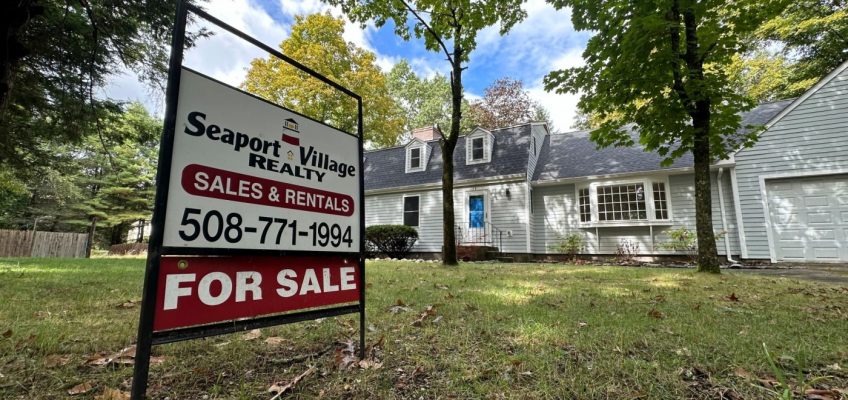By STAN CHOE, Associated Press Business Writer
NEW YORK (AP) — Wall Street is holding steady on Thursday as the countdown ticks to an update on the U.S. job market coming Friday that could clear the way for the cuts to interest rates that investors love.
The S&P 500 rose 0.2% in early trading. The Dow Jones Industrial Average was down 45 points, or 0.1%, as of 9:35 a.m. Eastern time, and the Nasdaq composite was 0.4% higher.
Treasury yields were also easing in the bond market following the latest discouraging signals on the job market. One report suggested U.S. employers, excluding the government, nearly halved their hiring last month. Another said that more U.S. workers applied for unemployment benefits last week, an indication of rising layoffs.
Related Articles
Artificial intelligence helps break barriers for Hispanic homeownership
Applications for U.S. jobless benefits rise last week but remain in healthy range of past few years
Moms’ careers and personal time are hit hard by school drop-off demands, a poll finds
Today in History: September 4, the 1949 Peekskill Riots
Federal government to markedly increase number of inspectors trained to spot rail bridge concerns
Neither number is flashing a recession, but a slowdown in the job market could push the Federal Reserve to consider cutting its main interest rate for the first time this year at its next meeting in a couple weeks. So far this year, the Fed has been keeping rates on hold because it’s been more worried about inflation potentially worsening than about the job market.
Cuts to interest rates can give the economy and job market a kickstart, but they can also push inflation higher.
“The year started with strong job growth, but that momentum has been whipsawed by uncertainty,” according to Nela Richardson, chief economist at ADP. She said several things could be behind the slowdown, including ”labor shortages, skittish consumers, and AI disruptions.”
A much more comprehensive report on the job market from the U.S. Labor Department will arrive on Friday, and it will likely carry much weight with the Fed. Ahead of it, the yield on the 10-year Treasury fell to 4.19% from 4.22% late Wednesday.
Last month’s grim July jobs report, which included massive downward revisions for June and May, sent financial markets spiraling and prompted President Donald Trump to fire the head of the agency that compiles the monthly data.
On Wall Street, Salesforce was one of the market’s heaviest weights, even though it reported a better profit for the latest quarter than analysts expected. Analysts called the performance solid but suggested some of it may have come from one-time factors. Salesforce, which helps businesses manage their customers, fell 7.4%.
C3.ai tumbled 9% after reporting a larger loss for the latest quarter than analysts expected. Chairman Thomas Siebel called the results “completely unacceptable,” while announcing a new chief executive for the company, Stephen Ehikian. He was most recently acting administrator of the U.S. General Services Administration
On the winning side of the market was American Eagle Outfitters, which jumped 31.5% after the teen fashion retailer reported more than double the profit that analysts had expected. It benefited from a frenzy of media attention in late July over its intentionally provocative advertising campaign featuring 27-year-old actor Sydney Sweeney.
The ads — which featured the tagline “Sydney Sweeney has great jeans” — sparked a debate about race, Western beauty standards, and the backlash to “woke” American politics and culture.
Hewlett Packard Enterprise added 1% following its own better-than-expected profit report.
In stock markets abroad, indexes were mixed across Europe and Asia.
Indexes dropped 1.3% in Shanghai and Hong Kong but jumped 1.5% in Tokyo.
AP Writers Teresa Cerojano and Matt Ott contributed.




